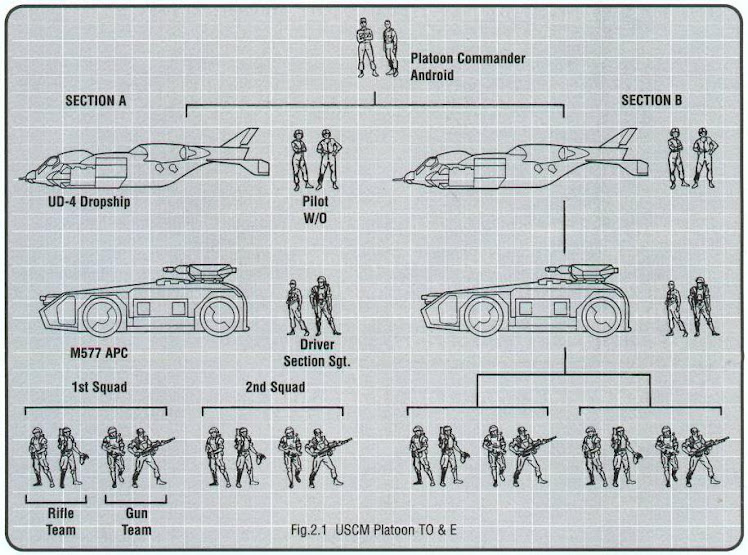A slight Latin twist.
.
.
.
Or you could use a variant/modification on what is known of the Late Roman Imperial Army ranks (4th Century +) - (Note that some of these associations are speculative):
Consul/Imperator - Commander in Chief
Proconsul (Comes rei militaris) - Theatre commander; Field Marshal/Colonel-General
Dux - Border/Reserve Army/corps commander; Lieutenant-General
Comes - Field/Mobile Army/corps commander; Lieutenant General
Vicarius Comes ("Vice-Comes") - Major/Lieutenant General
Legate - Legio commander; Brigadier General/Major General
Tribunus Comes - Vexillatio (brigade) commander; Brigadier
Tribunus (Praefectus/Millenarius) - Regiment/Cohors-M commander (Commander of 1000); Colonel
Vicarius Tribunis- Deputy-Cohors-M commander; Lieutenant Colonel
Primicerius - "First/Prime" officer; Lieutenant Colonel (??) (= Batallion/Cohors-D commander (?))
Senator - (An odd but historical rank name implying "senior") - ???
Ducenarius - double-centuria commander; Major (Commander of 200)
Centenarius - centuria commander; Captain (Commander of 100)
[Decurio] - turma/decuria (cavalry platoon) commander (Commander of 10-30)
Optio - centuria/decuria second in command; First Lieutenant
Signifer - Ensign; Second Lieutenant
---------------
Biarchus - (Platoon Leader (?))
Decanus (= Circitor (?)) - Leader of 10; "Sergeant"
Immuno - "Specialist"
Semisalis - "Lance Corporal / Corporal"
Legionarius (Pedes/Eques/Miles/Veles (etc)) - "Private"
Tiro - Recruit
____________________________________
Note: Cohors-M = 1000 men; Cohors-D = 500 men


